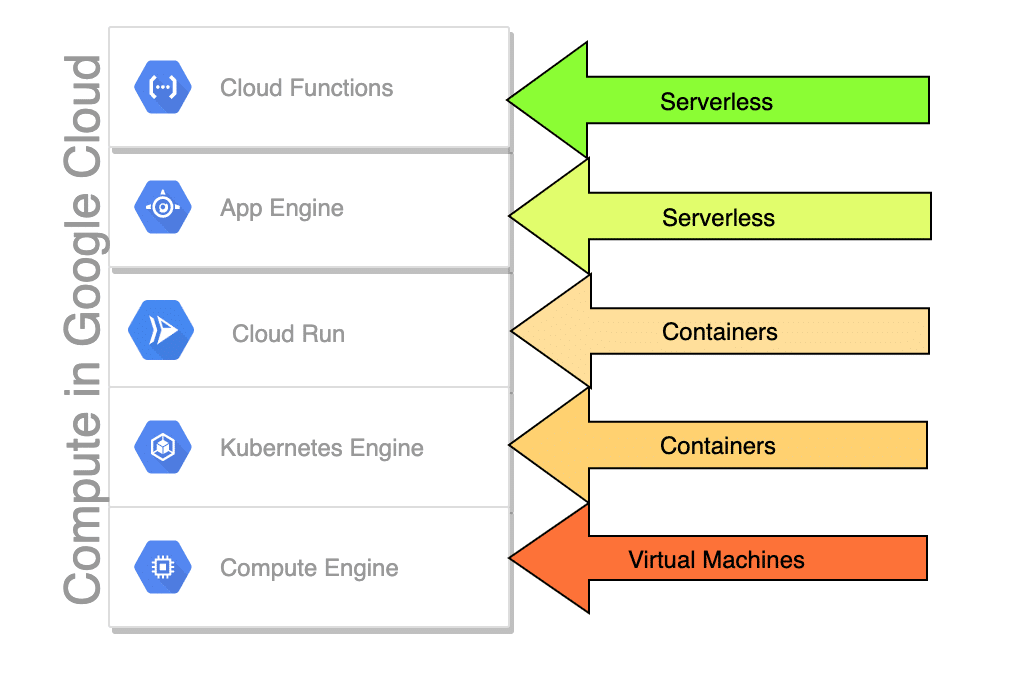Over 90% of enterprises have adopted virtualization technology to streamline IT operations and unlock new efficiencies. By enabling multiple virtual machines to run on a single physical server, virtualization maximizes resource utilization, reduces hardware expenses, and enhances overall system agility.
Understanding Server Virtualization
Virtualization creates virtual versions of computing resources—applications, servers, or entire operating systems—enabling multiple independent systems to run simultaneously on the same physical infrastructure. This approach optimizes resource usage, enhances flexibility, and streamlines IT operations.
Application vs. Machine Virtualization
Application Virtualization
Software runs in isolated, sandboxed environments independent of the underlying OS, resolving compatibility issues and improving security.
Example: Legacy Windows XP applications running on modern Windows 11 systems
Machine Virtualization
Multiple virtual machines operate as independent systems on a single physical server, each running its own OS and applications while sharing hardware resources.
Benefits: Cost savings, flexibility, rapid deployment, and testing capabilities
How Server Virtualization Works
At the core of server virtualization lies the hypervisor—powerful software that creates and manages virtual machines on a host machine, enabling multiple VMs to share hardware while functioning as separate, independent systems.
Types of Hypervisors
Type 1 (Bare-Metal)
- Installed directly on hardware
- Superior performance and security
- Enterprise-grade efficiency
- Examples: VMware ESXi, Hyper-V, Citrix
Type 2 (Hosted)
- Runs on existing operating system
- Easier setup and configuration
- Ideal for testing and development
- Examples: VMware Workstation, VirtualBox
Hypervisor Analogy: The Property Manager
Think of a hypervisor as a property manager overseeing a high-rise apartment building:
- 🏢 Physical server = The building infrastructure
- 🏠 Virtual machines = Individual apartments with unique tenants
- 🔑 Hypervisor = Property manager ensuring fair resource allocation and preventing conflicts
Key Benefits of Server Virtualization
Server virtualization revolutionizes IT infrastructure by enabling organizations to maximize efficiency, reduce costs, and improve scalability. Here are the most impactful benefits:
Resource Optimization
- Eliminate underutilized hardware
- Dynamic resource allocation
- Maximize CPU, memory, and storage efficiency
Cost Reduction
- Lower capital expenses (CapEx)
- Reduced operational expenses (OpEx)
- Up to 80% energy savings
Enhanced Flexibility
- Deploy VMs within minutes
- Scale resources based on demand
- Live migration capabilities
Improved Disaster Recovery
- Snapshot and backup capabilities
- VM replication across sites
- Faster recovery times
Business Impact: Reduced hardware dependency and vendor lock-in provide greater flexibility in choosing and upgrading IT infrastructure, avoiding costly vendor limitations.
Choosing the Right Virtualization Platform
Selecting the optimal virtualization platform depends on your organization’s size, budget, and technical requirements. Here’s a comprehensive comparison of leading solutions:
Enterprise Solutions
VMware vSphere
✅ Pros:
- Industry-leading enterprise features
- Advanced management tools
- High scalability and reliability
❌ Cons:
- High licensing costs
- Complex pricing changes post-acquisition
Microsoft Hyper-V
✅ Pros:
- Built into Windows Server
- Cost-effective for Windows environments
- Seamless Microsoft integration
❌ Cons:
- Fewer advanced features than VMware
- Windows-centric infrastructure requirement
Open-Source Alternatives
KVM & Proxmox VE
- No licensing fees
- Linux integration and performance
- Web-based management (Proxmox)
- Strong community support
Best for: Linux-savvy teams and cost-conscious deployments
Oracle VirtualBox
- Completely free and cross-platform
- Ideal for development and testing
- Easy to use and lightweight
- Limited enterprise scalability
Best for: Small-scale testing and personal use
Selection Guidelines
- Enterprise Scale: VMware vSphere for advanced features and reliability
- Windows-Centric: Microsoft Hyper-V for seamless integration and cost efficiency
- Open Source: KVM/Proxmox VE for flexibility and no licensing costs
- Development/Testing: Oracle VirtualBox for simple, free virtualization
Implementation Best Practices
Successful virtualization deployment requires careful planning, proper resource allocation, and strategic security considerations. Follow these proven practices for optimal results:
Hardware Requirements
Essential Requirements
- CPUs with Intel VT-x or AMD-V
- Sufficient RAM for host + all VMs
- High-speed SSD storage
- Robust network interfaces
Security Considerations
- Network segmentation and isolation
- Regular hypervisor and VM updates
- Role-based access control (RBAC)
- Virtualization-aware security tools
Next Steps for Your Organization
- Evaluate Infrastructure: Assess current hardware and identify virtualization candidates
- Choose Platform: Select the virtualization solution that best fits your environment and budget
- Plan Implementation: Design VM layouts, resource allocation, and migration strategies
- Start Small: Begin with non-critical workloads to gain experience
- Scale Gradually: Expand virtualization to additional systems as confidence and expertise grow
Expert Recommendation: Consider total cost of ownership (TCO) including training, management tools, and potential support costs when selecting your virtualization platform.



